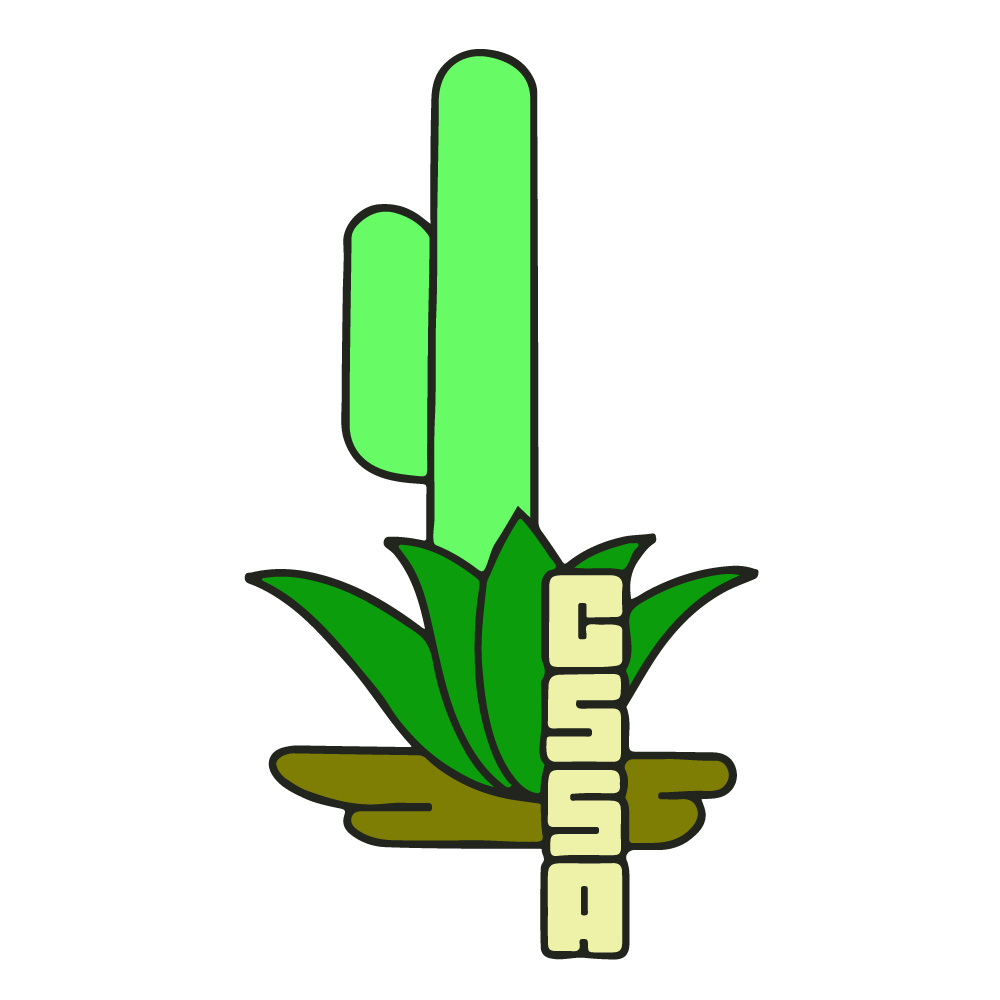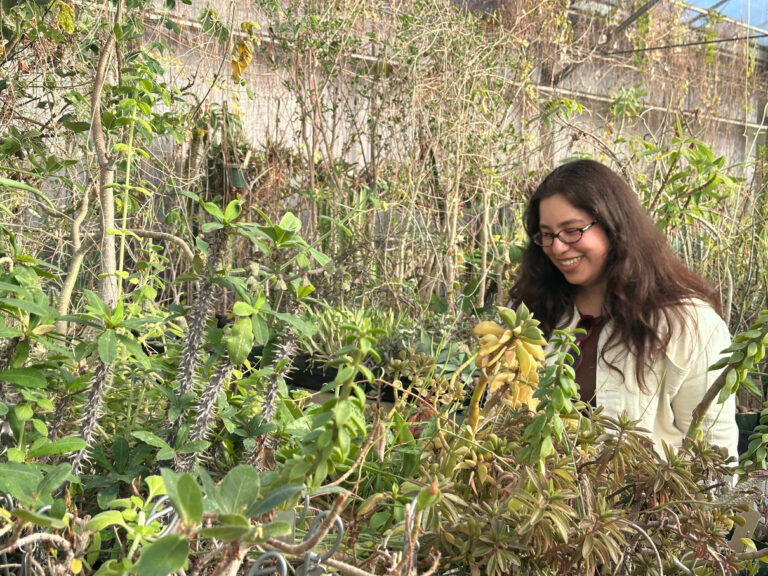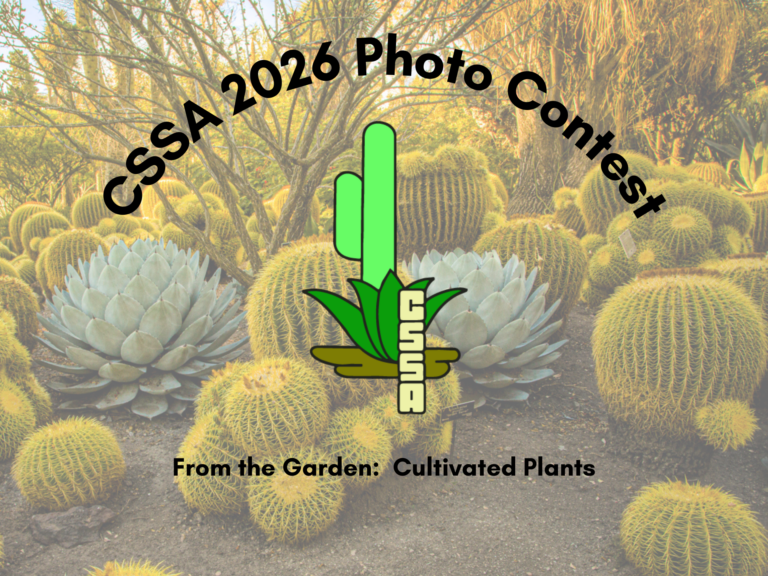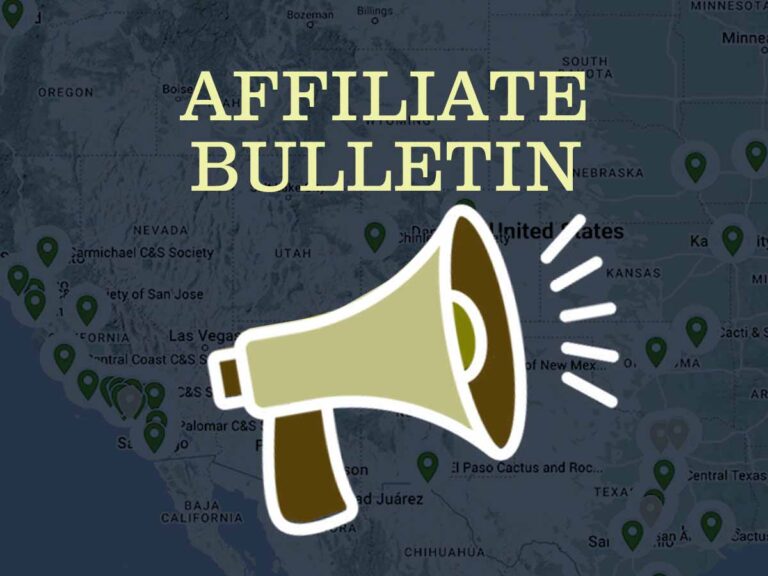Never miss a webinar – add yourself to our mailing list
Date: November 15, 2025
Time: 10AM Pacific Time (California)
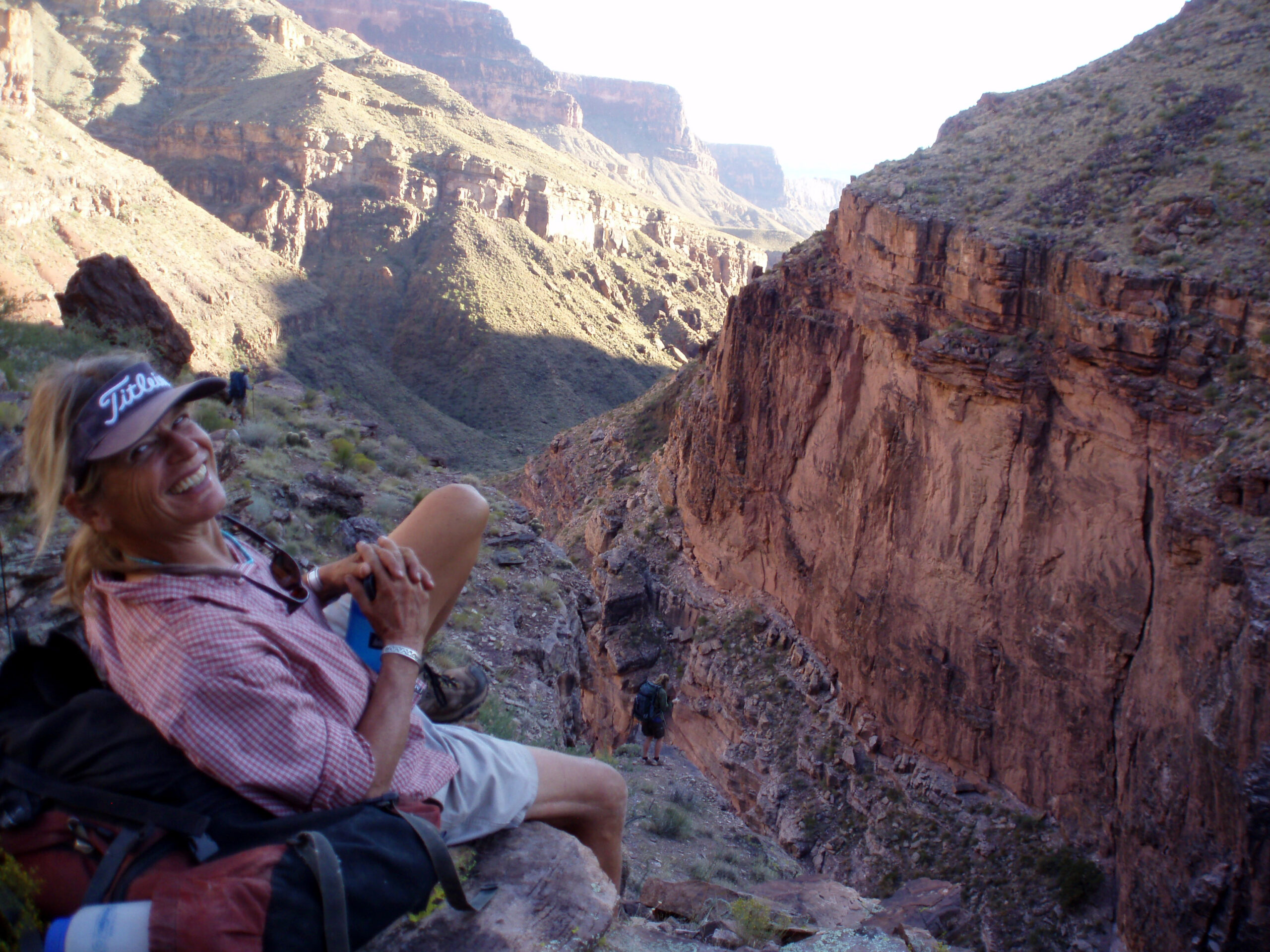
About Wendy Hodgson
Wendy Hodgson has lived in and loved the Sonoran Desert for 56 years. She is Herbarium Curator Emerita and Senior Research Botanist at the Desert Botanical Garden, where she has worked for nearly 52 years. Her research focuses on the floristics of the southwestern United States and northern Mexico, with special emphasis on the Grand Canyon region.
Her work also explores the taxonomy and systematics of Agave, Yucca, and Hesperoyucca, including studies of pre-contact domesticated agave species, as well as the rare and endemic plants of the Southwest and northern Mexico. Wendy continues to study and document the region’s cacti, having served as coordinator for the Cactus Family treatment in Intermountain Flora and currently coordinating the Cactus Family of Arizona project with Garden research staff and research associates.

As an ethnobotanist, Wendy specializes in Sonoran Desert food plants and is the author of Food Plants of the Sonoran Desert (University of Arizona Press, 2001), which received the Society for Economic Botany’s Klinger Book Award. Over the course of her career, she has collected more than 34,000 herbarium specimens, including thousands of high-quality samples from challenging groups such as the Agavaceae and Cactaceae.
Wendy is a strong advocate for inclusive participation and collaboration in science—engaging community scientists and especially Indigenous Peoples, whose voices and knowledge have too often been overlooked.
Pre-Contact Agaves in the Southwestern United States: Rediscovering Lost Crops Among the Hohokam and other Arizona Cultures

Agaves have long been recognized as vital to Mesoamerican cultures—providing food, fiber, and beverage—but their importance to Indigenous peoples north of the U.S.–Mexico border has received far less attention. Archaeological and botanical evidence now reveals that pre-contact farmers in Arizona cultivated as many as eight or more domesticated agave varieties as early as A.D. 600.
Remarkably, many of these ancient agaves survive today as relict clones across the desert landscape. Because of their longevity and primarily asexual reproduction, these living remnants offer a rare window into pre-Columbian agriculture, nutrition, trade, and migration. At least four of these domesticates may have originated in Arizona, suggesting the region served as a secondary center of agave domestication.
These discoveries invite us to view landscapes and plant species not only through an ecological lens but also a deeply cultural one. Preserving and understanding these plants requires an interdisciplinary effort—uniting botanists, archaeologists, federal agencies, and Indigenous communities—to steward these living connections to the ancient past.

Recording
Unless otherwise noted, all webinars are recorded for later viewing on this website. The amount of time the recordings are available depends on what is allowed by the presenters.
Consider supporting these programs by becoming a member or contributing to our Webinar Fund.
CSSA Memberships start at only $20/year
Photo Credits: Wendy Hodgson
